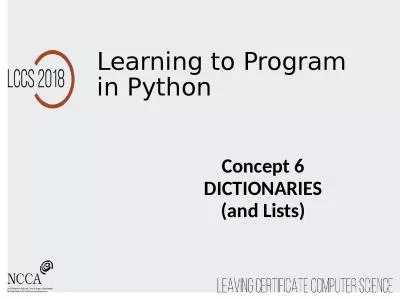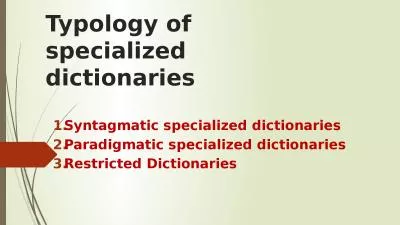PPT-Python - Dictionaries What is a
Author : karlyn-bohler | Published Date : 2018-03-20
Collection A collection is a great way to put more than one value in them and carry them all around in one convenient package We have a bunch of values
Presentation Embed Code
Download Presentation
Download Presentation The PPT/PDF document "Python - Dictionaries What is a" is the property of its rightful owner. Permission is granted to download and print the materials on this website for personal, non-commercial use only, and to display it on your personal computer provided you do not modify the materials and that you retain all copyright notices contained in the materials. By downloading content from our website, you accept the terms of this agreement.
Python - Dictionaries What is a: Transcript
Download Rules Of Document
"Python - Dictionaries What is a"The content belongs to its owner. You may download and print it for personal use, without modification, and keep all copyright notices. By downloading, you agree to these terms.
Related Documents

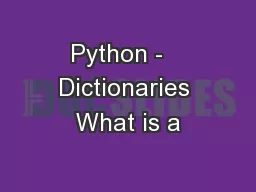


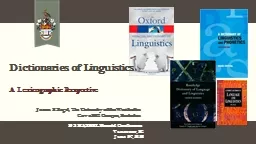
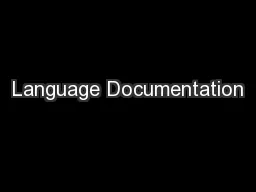
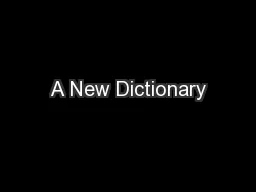
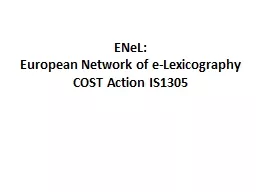
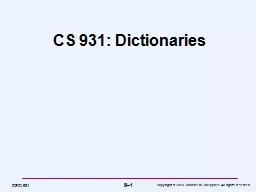
![[READING BOOK]-Illustrated Guide to Python 3 A Complete Walkthrough of Beginning Python](https://thumbs.docslides.com/970240/reading-book-illustrated-guide-to-python-3-a-complete-walkthrough-of-beginning-python-with-unique-illustrations-showing-how-python-really-works-now-covering-python-3-6-treading-on-python.jpg)
![[DOWLOAD]-Python Programming for Beginners An Introduction to the Python Computer Language](https://thumbs.docslides.com/970637/dowload-python-programming-for-beginners-an-introduction-to-the-python-computer-language-and-computer-programming-python-python-3-python-tutorial.jpg)
